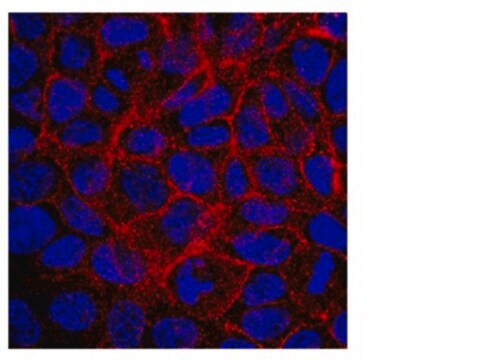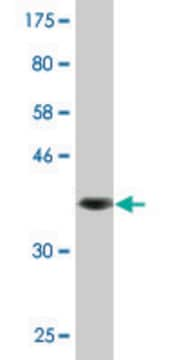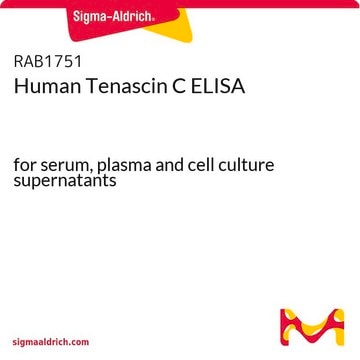MAB4145
Anti-BCRP Antibody, clone BXP-34
culture supernatant, clone BXP-34, Chemicon®
Synonym(s):
Breast Cancer Resistance Protein, Placenta-specific ATP Binding Cassette Transporter, ATP-binding Cassette, Sub Family G, member 2 (ABCG2)
About This Item
Recommended Products
biological source
mouse
Quality Level
antibody form
culture supernatant
antibody product type
primary antibodies
clone
BXP-34, monoclonal
species reactivity
human
manufacturer/tradename
Chemicon®
technique(s)
immunocytochemistry: suitable
immunohistochemistry: suitable
input
sample type hematopoietic stem cell(s)
sample type neural stem cell(s)
isotype
IgG1
suitability
not suitable for Western blot
not suitable for immunohistochemistry (Paraffin)
NCBI accession no.
UniProt accession no.
shipped in
wet ice
target post-translational modification
unmodified
Gene Information
human ... ABCG2(9429)
General description
Specificity
Immunogen
Application
Immunohistochemistry: 1:20 on acetone fixed frozen tissue sections
Not suitable for paraffin-embedded tissues or for Western blotting
Optimal working dilutions must be determined by end user.
Stem Cell Research
Hematopoietic Stem Cells
Target description
Physical form
Storage and Stability
Analysis Note
MCF-7 cells
Other Notes
Legal Information
Disclaimer
Not finding the right product?
Try our Product Selector Tool.
recommended
Storage Class Code
10 - Combustible liquids
WGK
WGK 1
Certificates of Analysis (COA)
Search for Certificates of Analysis (COA) by entering the products Lot/Batch Number. Lot and Batch Numbers can be found on a product’s label following the words ‘Lot’ or ‘Batch’.
Already Own This Product?
Find documentation for the products that you have recently purchased in the Document Library.
Our team of scientists has experience in all areas of research including Life Science, Material Science, Chemical Synthesis, Chromatography, Analytical and many others.
Contact Technical Service







